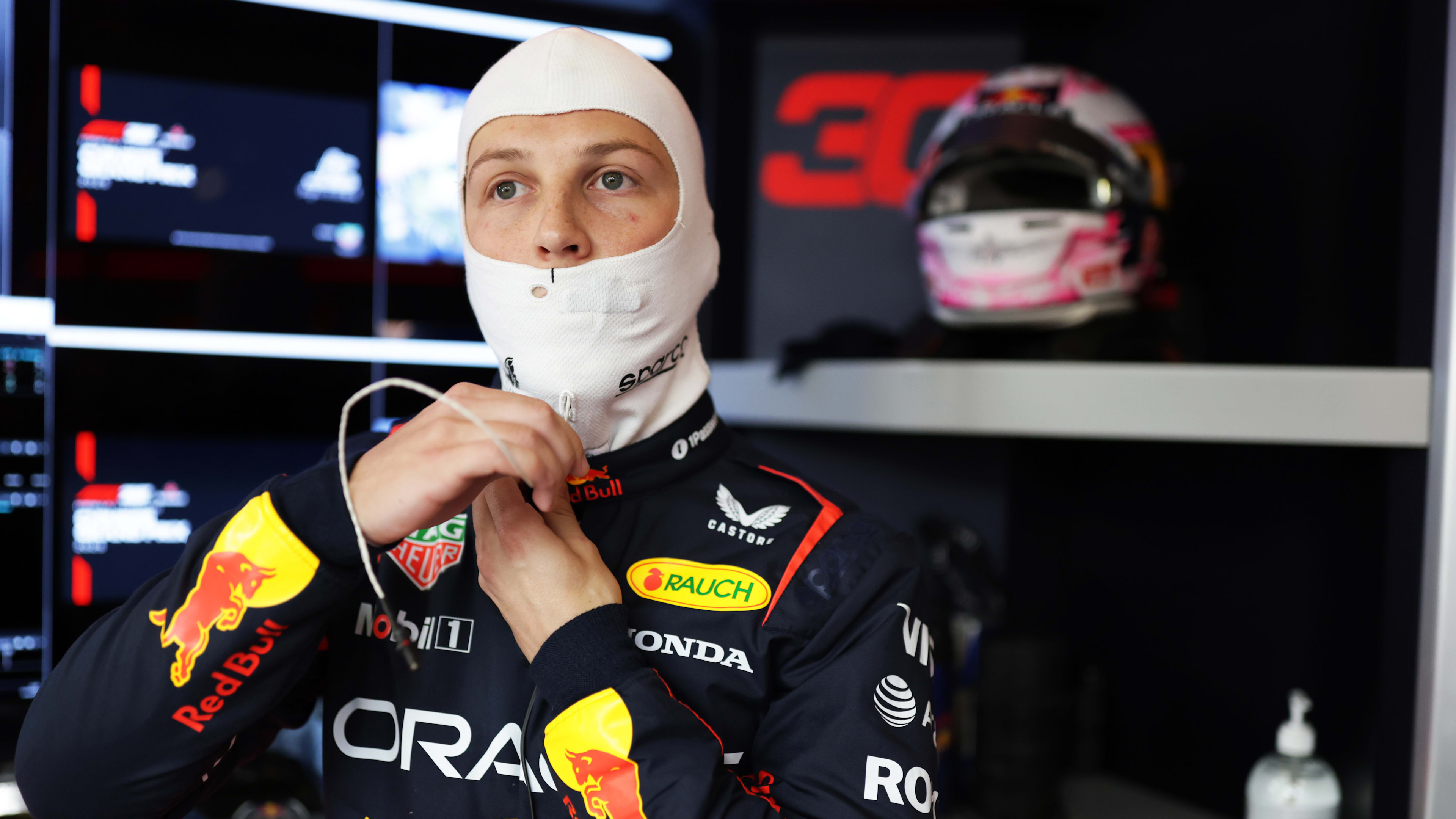Analyzing the Chinese GP Starting Grid: A Race for the Ages (That Never Was)
The roar of the engines, the smell of burning rubber, the thrill of wheel-to-wheel combat… these are the hallmarks of a Formula 1 Grand Prix. While the Chinese Grand Prix, a staple on the F1 calendar for many years, is sadly absent from the 2023 schedule, analyzing its past starting grids offers a fascinating glimpse into the sport's history and the strategic battles fought before the lights went out. This article delves into the key factors affecting starting grid positions in the Chinese GP, offering insights for both seasoned F1 fans and newcomers alike.
The Shanghai International Circuit: A Track's Influence
The Shanghai International Circuit, a challenging and technically demanding track, played a crucial role in shaping the starting grids of past Chinese GPs. Its unique characteristics – including long straights, tight corners, and significant elevation changes – presented both opportunities and challenges for teams and drivers.
Key Factors Affecting Grid Positions in Shanghai:
- Qualifying Performance: As with any Grand Prix, qualifying performance was paramount in Shanghai. Securing a pole position on the long main straight offered a significant advantage in the race. Teams meticulously honed their car setups to optimize performance for the specific demands of the circuit.
- Tire Strategy: Tire degradation was a significant consideration in Shanghai. The abrasive nature of the track often forced drivers into complex tire strategies, influencing their qualifying efforts and subsequent race pace. Choosing the right tire compound for qualifying could make or break a driver's chances.
- Aerodynamics: The long straights and high-speed corners of Shanghai emphasized the importance of aerodynamic efficiency. Teams constantly sought to fine-tune their aerodynamic packages to maximize straight-line speed and cornering ability.
- Mechanical Reliability: As with any race, reliability played a pivotal role. Mechanical failures in qualifying could dramatically impact a team's starting position, potentially relegating them to the back of the grid.
Notable Chinese GP Starting Grids and Their Aftermath:
Several Chinese GPs stand out for their intriguing starting grids and the subsequent race outcomes. These races often showcase the impact of strategic decisions and unforeseen events on race day.
2011 Chinese Grand Prix: A Masterclass in Qualifying
The 2011 Chinese GP saw Sebastian Vettel secure pole position, demonstrating the Red Bull team's dominance at the time. This strong starting position translated into a race victory, highlighting the importance of a clean qualifying lap in Shanghai.
2019 Chinese GP: A Battle for the Ages
The 2019 edition witnessed a captivating battle for pole position between Lewis Hamilton and Sebastian Vettel, ultimately won by Hamilton. This intense qualifying session foreshadowed a thrilling race, full of overtaking and strategic maneuvering.
The Future of the Chinese GP: A Question Mark
While the absence of the Chinese GP from the 2023 calendar is a disappointment, the legacy of the race and its starting grids remain a significant part of Formula 1 history. Analyzing past races reveals valuable insights into the strategic complexities of the sport and the enduring challenge of securing a favorable starting position. The hope remains that this iconic race will return to the calendar in the future.
Conclusion: Strategic Depth & Unpredictability
The Chinese Grand Prix, despite its absence this year, offered a compelling blend of strategic depth and unpredictable race outcomes. The starting grid, influenced by several key factors, often played a crucial role in determining the final race result. Analyzing these grids provides valuable lessons for both racers and fans alike.
What are your most memorable moments from the Chinese Grand Prix? Share your thoughts in the comments below!
